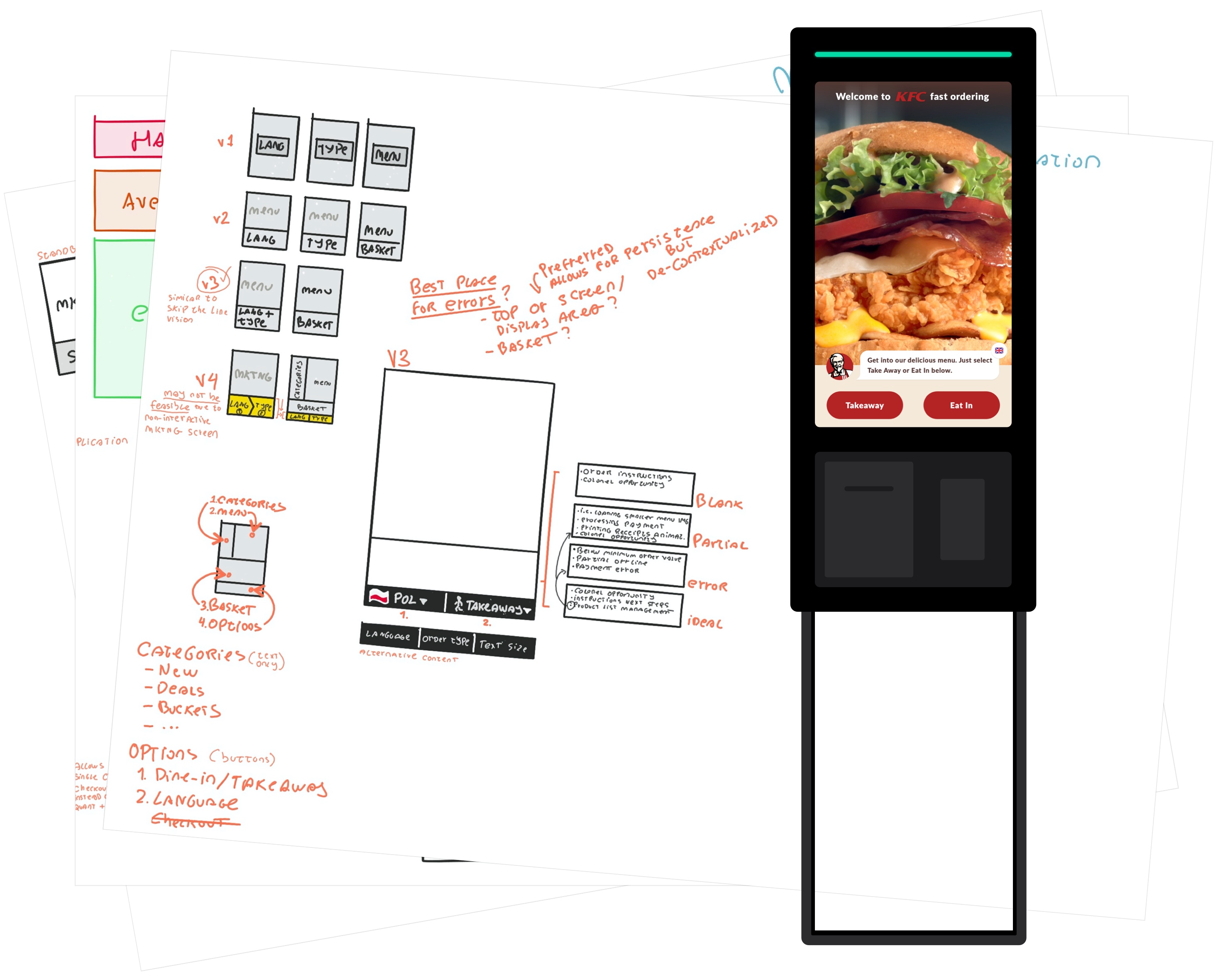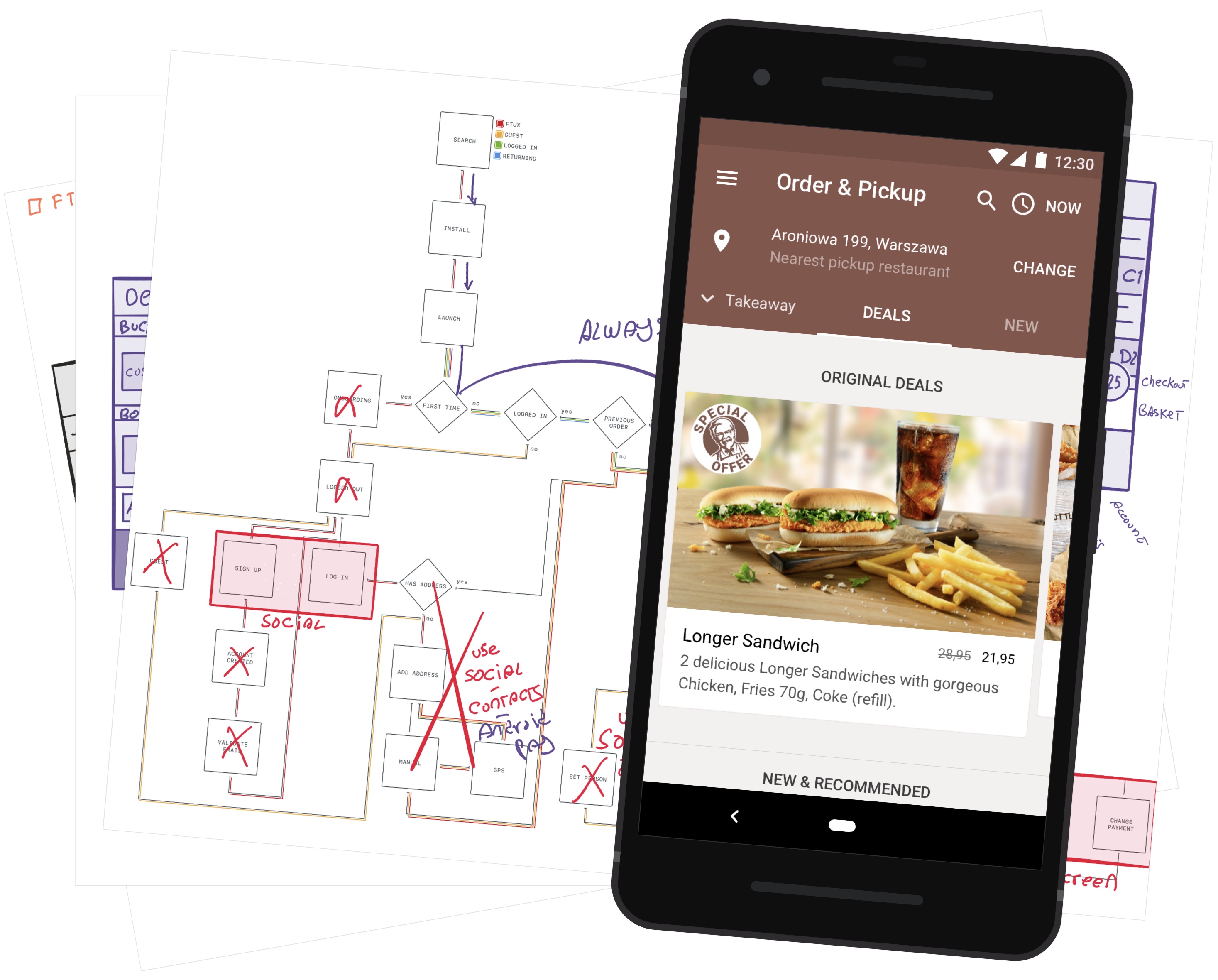Design Sprints have been around for a few years now, not everyone does them by the book anymore.
This is great because it shows people, including its pioneers, are experimenting and evolving this great tool to more use-cases and scenarios.
In summary, Design Sprints help evaluate ideas early before build and release, reducing risk and waste from investing in the wrong product or solution.
The original Sprint takes just 5 days, breaks organisational silos by bringing in reps from various departments, educates people on user validation, provides buy-in for the design process, and offers many other benefits.
Common customisations
Since I first joined a Design Sprint about 4 years ago, I’ve become comfortable running the original format myself, and have customised it to fit my needs.
Here are a few different ways in which I’ve used Design Sprints.
- 3-Day Group Activities
- 1-Day Group Activities
- Back-to-Back Sprints
- Cherry-pick Exercises
- Avoiding Groupthink
3-Day Group Activities
Cater for time-poor individuals and resources.
Shortening group activities to 3 days: running prototyping and user validation individually and presenting results to the group afterward. This is done due to time constraints from participants or venue, when the prototype or recruiting cannot be done in time.
1-Day Group Activities
For smaller decisions.
Shortening group activities to 1 day: this is the extra extra small version of a design sprint. There’s more prep done prior to the Sprint, usually when working with smaller iterations of a product. You can still get buy-in from senior stakeholders, cross-functional insights and feedback.
Back-to-Back Sprints
Tackle very complex problems and uncertainty.
You can do this with the original, 3 or 1-day Design Sprint format. The subsequent sprints include learnings from the previous one, but less research and divergent thinking. You still retain cross-functional collaboration, visibility over learnings, and consensus. There may be a gap of a day or two between sprints to allow for planning or logistics. This is done when there’s really a lot of work and valid ideas to try out.
You’ll have continuity between sprints (e.g. the map, sketches, voting), and people will get to understand the iterative design process and how disposable some ideas are when proven unsuitable.
Cherry-pick Exercises
Leverage Design Sprint exercises on a daily basis.
When you’re working by yourself and you want to benefit from either time constraints, or specific exercises like Crazy 8s to avoid pigeon-holing yourself into a specific idea. Or maybe you’re wanting to get feedback and consensus at a specific part of the project through dot voting and deciders.
Many of the design sprint exercises are valuable on their own: looking around for solutions from other industries, divergent thinking exercises like Crazy 8s, or forcing yourself to prioritise what matters through time-constraints.
Avoiding Groupthink
Remove groupthink during exercises such as dot voting.
This is something the original sprint format got wrong and you should at least be aware of it, but ideally improve upon.
When you work within a group, you have a tendency to align yourself with the majority instead of being a lonely voice. This is called Groupthink and leads to bad product decisions as you’re not really leveraging the collective intelligence, but rather reinforcing the most popular ideas.
Ideas become popular when they align with the sprint goal, but also based on the author’ social status, and communication skills (including how good you are at sketching).
To avoid this, you can do a few things:
Conceal the author and go through sketches and inspiring demos yourself. To ensure you haven’t missed anything, ask everyone but the author to close their eyes, and ask them to nod and use post-its if something is missing or misinterpreted (yes, like Werewolf/Mafia. Make sure you spend a little bit of time extracting common themes so people can vote against them and not just whole sketches.
Vote privately, assign numbers to sketches and vignettes (e.g. 1.4 – Sketch 1, Vignette 4), ideas, and themes. Have people vote on those numbers privately (through Miro and other digital means, or post-its). This way, you avoid people voting based on popularity, author, communication skills, or presence in the room.
I learned about number voting from a Design Sprint participant, always learning!
Be mindful of these other things
Customising your design sprint is can be valuable, but like a recipe, there are some crucial elements you should be mindful of:
- Removing Time Constraints
- Focusing on Everything
- Skipping Outcome and Success Metric
- Prototyping Everything
Removing Time Constraints
The Design Sprint can be quite heavy for some, e.g. Crazy 8s are very stressful and benefit from some warm up exercises, but time constraints force you to focus on what’s most important.
Removing time constraints often leads to long unrelated conversations, or overthinking prototypes. Instead of allowing that to happen, capture those thoughts on a shared space and reassure people they’ll be covered after the sprint. Don’t waste ideas, but also don’t waste focus, time and effort.
Focusing on Everything
Focus is prioritisation, but sometimes people “focus” on whole journeys or even whole features in a Design Sprint.
This is very common in Agency-land due to commercial pressures, clients see a Design Sprint as time out of the office, and speeding up delivery to meet deadlines. As an agency/supplier, it’s easier to say yes, than it is to say no to a paying client, and instead explain why focus is so important.
Design Sprints increase your ROI by weeding out bad assumptions. This is a culture shift if you don’t think daily about how quantity (what you put out there) isn’t better than quality (what people pay you for). How many of your competitors are faring better or worse than you because of how they met a deadline? What about your Unique Selling Proposition, how come you think that single thing will elevate your company but you then work to release as much as possible?
When your focus is broad, you tend to miss the details, and are more likely to spend money building something that doesn’t pan out.
Regardless of your industry, waste reduction through the Design process, including Design Sprints, are proven to yield better ROI, just read McKinsey’s The Business Value of Design report.
So, by focusing on the hardest problem in a Design Sprint, you evaluate the riskiest and most valuable part of your product.
Skipping Outcome and Success Metric
When you use Design Sprints to produce output for developers, it’s easy to make the same mistakes we make during the normal production process.
A big challenge for teams is to start with documentation and strategy, we often tend to, because it’s easier, to jump into “develop this idea” mode.
The issue with this is that sometimes you have to take a step back and find the idea that solves the most problems.
When you don’t have a clear outcome, you don’t have anything to evaluate or pin your ideas to, it’s like starting a journey with no destination. You may do a 10000 steps, but end up realising you could’ve taken only 10 steps if you know where you were going.
Without an outcome and a way to know when you’re there, you cannot factually say your work is the one that most benefits the company.
Prototyping everything
In Design Sprints, we often anchor too much on building a prototype. If the goal is to reduce risk at a low cost, prototyping is just one of the ways we can achieve that.
Of course, de-risking specific interactions or abstract user flows would be impossible through discourse.
But sometimes, when the success of your product relies on an attitude towards a specific technology, you can easily use a competitor app to measure that. This is something I’ve done in the past, using Uber card scanning, to understand the attitude of Polish users towards that card input method or mobile online payments.
For understanding behaviours and mental models, nothing beats actual user interviews. In the past, my team validated the value of a product by doing user interviews around past behaviour, it turned out people were already coming up with workarounds for something our product would help them achieve, without those workaround and in a more convenient fashion. In another project, we built an expense categorisation mental model, not by building a static or fully interactive prototype, but by simply talking and asking people to do some exercises like card sorting.
The most important thing in the Design Sprint evaluation is research planning. Find the right research method, hiring criteria, artefacts, skilled interviewer, and all the details that make good research.
Summary
Design Sprints can be customised to suit your needs, just be mindful not to rush and introduce unintended consequences.
I’ve outlined a few ways I customise my Design Sprints, plus a few mistakes others (and myself) have made, so you don’t have to repeat them yourself.
If you think I missed something, feel free to message me on Twitter or via email.
If you need help with Design Sprints, Accessibility, Strategy, or Design production in general, I can jump on a 15 minute call and am available for mentorship, book one here.





